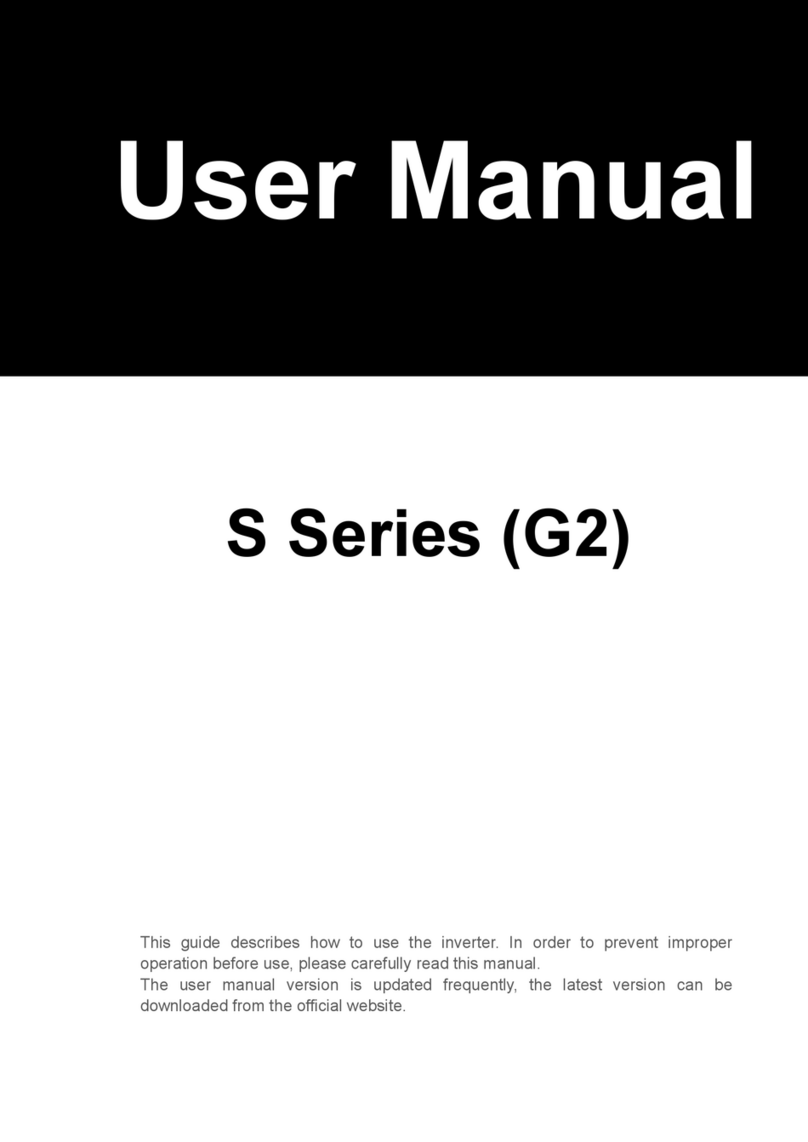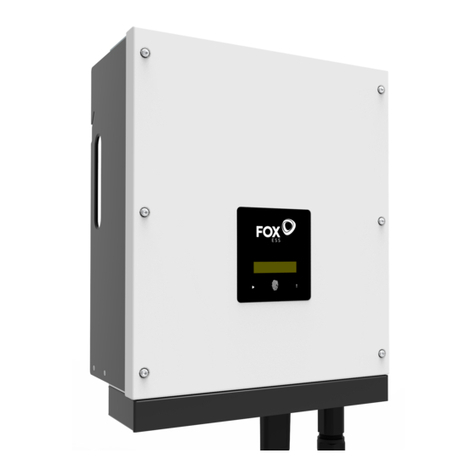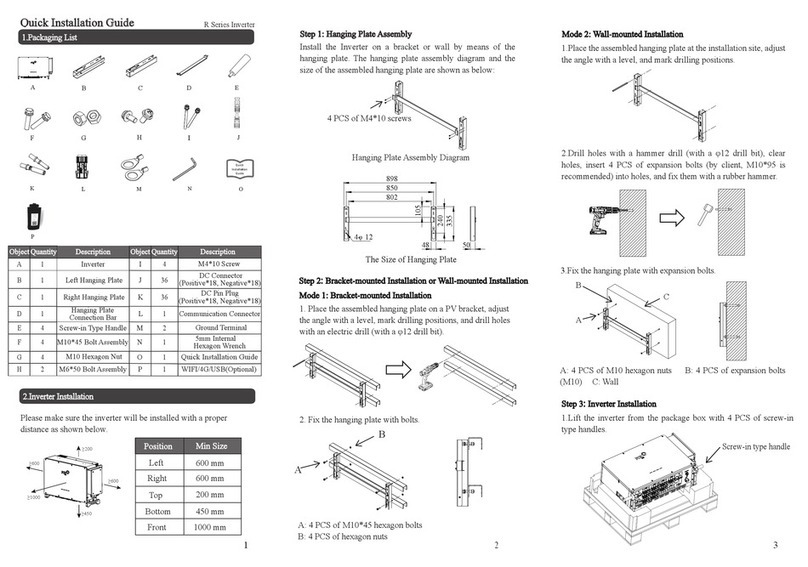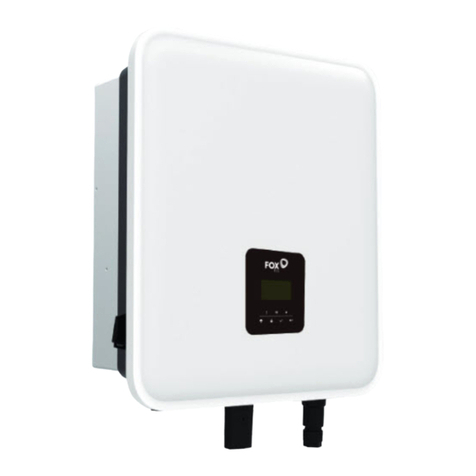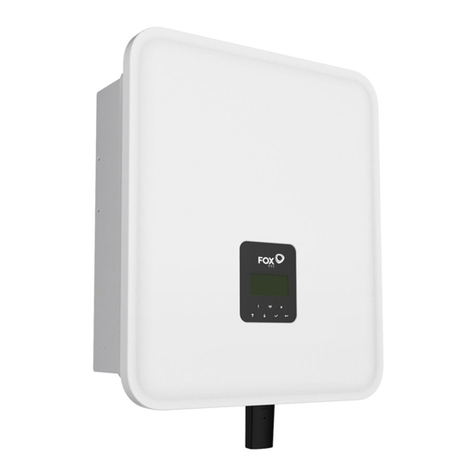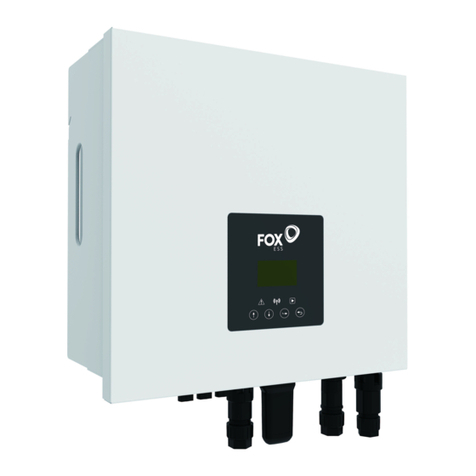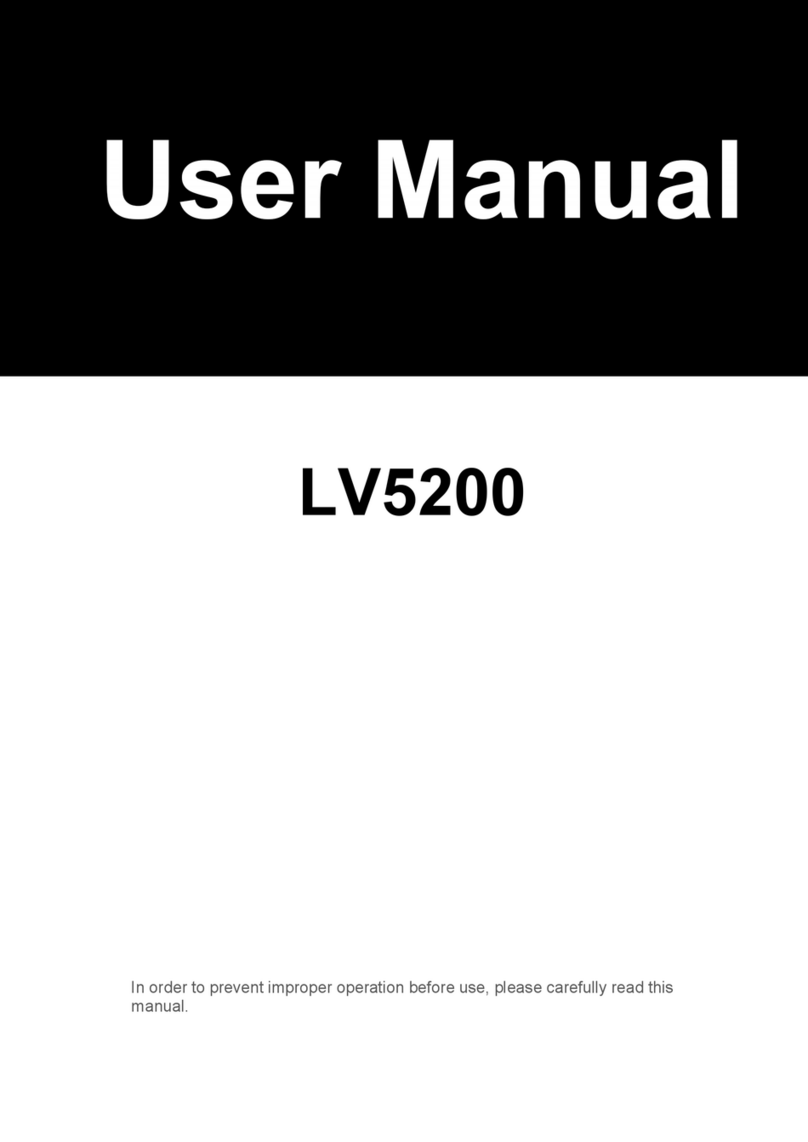
1
Table of Contents
1. Notes on This Manual ............................................................................................................................ 3
1.1 Scope of Validity .......................................................................................................................... 3
1.2 Target Group ................................................................................................................................3
1.3 Symbols Used ..............................................................................................................................3
2. Safety Precautions ................................................................................................................................. 5
2.1 Appropriate Usage .......................................................................................................................5
2.2 PE Connection and Leakage Current .......................................................................................... 5
3. Introduction ............................................................................................................................................ 7
3.1 Basic Features .............................................................................................................................7
3.2 Dimensions .................................................................................................................................. 8
3.3 Terminals of Hybrid Inverter .........................................................................................................9
4. Technical Data ......................................................................................................................................10
4.1 PV Input (For Hybrid Only) ........................................................................................................ 10
4.2 Battery ....................................................................................................................................... 10
4.3 AC Output/Input ......................................................................................................................... 11
4.4 Efficiency, Protection and Standard ...........................................................................................13
4.5 General Data ............................................................................................................................. 14
5. Installation ............................................................................................................................................16
5.1 Check for Physical Damage ...................................................................................................... 16
5.2 Packing List ............................................................................................................................... 16
5.3 Mounting ....................................................................................................................................16
6. Electrical Connection ........................................................................................................................... 23
6.1 Battery Connection .................................................................................................................... 23
6.2 PV Connection (For Hybrid Only) .............................................................................................. 24
6.3 Grid Connection .........................................................................................................................25
6.4 Communication Device Installation (Optional) ...........................................................................27
6.5 E-STOP Wiring .......................................................................................................................... 28
6.6 FOX Hub Wiring .........................................................................................................................29
6.7 System Wiring Diagram ............................................................................................................. 31
6.8 Hybrid Inverter Start-Up .............................................................................................................33
6.9 Hybrid Inverter Switch Off ..........................................................................................................33
7. Operations on the FoxEssUS App ....................................................................................................... 34
7.1 App Overview .............................................................................................................................34
7.2 Downloading and Installing the App .......................................................................................... 34
7.3 Registering the App ................................................................................................................... 34
7.4 Resetting the Password .............................................................................................................36
7.5 WIFI Configuration .....................................................................................................................36
7.6 App Operations by the Installer ..................................................................................................38
7.7 App Operations by the End User ............................................................................................... 46
8. Operation ............................................................................................................................................. 55
8.1 Control Panel ............................................................................................................................. 55
9. Maintenance .........................................................................................................................................56
9.1 Alarm List ...................................................................................................................................56
